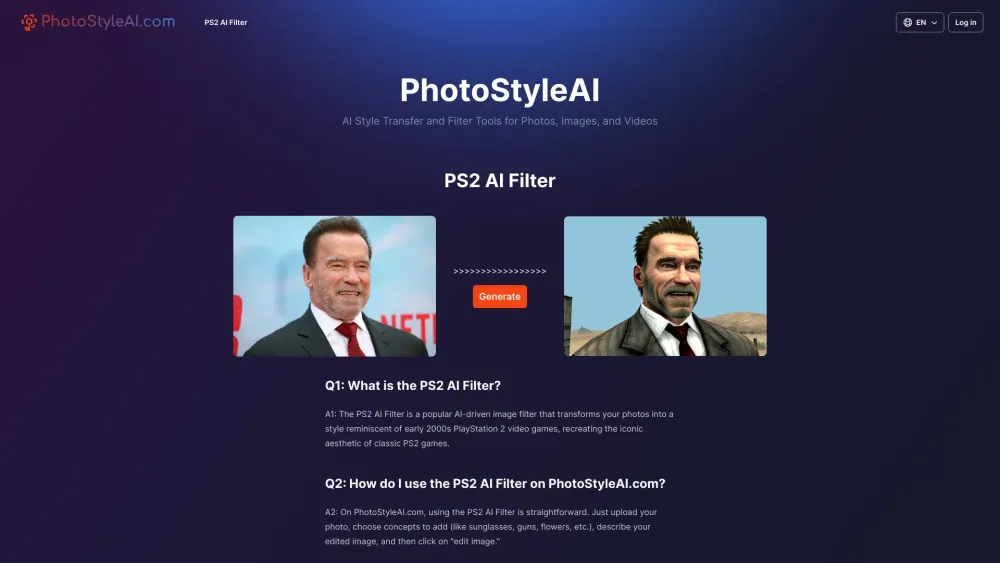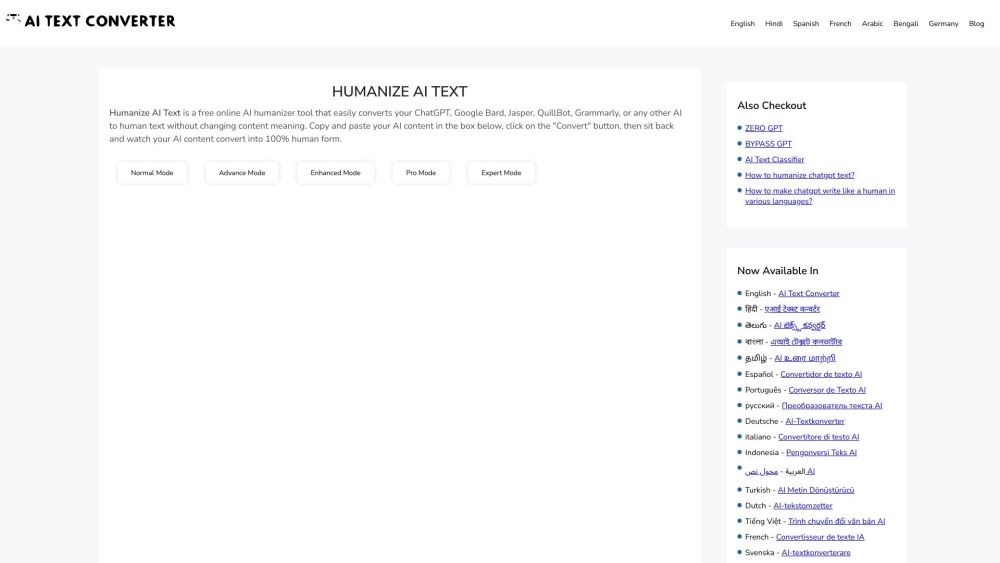The AI Hype Train: Is Your Startup Ready for the Next Wave?
The AI hype train is in full motion, and it’s hard to find an industry untouched by this transformative technology. Startups, in particular, are acutely aware of how these trends impact their operations as competition intensifies and investor demands spiral.
Today, securing funding for a startup often hinges on incorporating an AI component into their products. Thus far, quick and easy integration of ChatGPT has allowed many to stay competitive and capture market attention. However, this trend is beginning to shift.
Statements will soon require more than merely implementing an open-source model. Venture capitalists are increasingly emphasizing the need for startups to provide genuine value beyond just the basic usage of a ChatGPT API.
How Can Startups Increase Their Value?
As the CEO of a product development company, I’ve advised numerous clients on innovative AI integration strategies to enhance their applications. In this piece, I will detail how to deliver added value to your AI-driven product through the fine-tuning of foundational models.
Why Basic AI Adoption Isn't Enough Anymore
With the rapid escalation of AI technology, attracting investment for startups without AI capabilities is becoming increasingly difficult. This has led to a proliferation of "ChatGPT wrappers," applications that exploit the foundational model without offering significant technological innovation or enhanced user experience. Venture capitalists are overwhelmed by the flood of “ChatGPT for X” startups, many of which are seen as fleeting solutions unlikely to endure in the coming years.
Yet, failing to seize opportunities in the AI landscape could be a strategic setback. To succeed, your startup must stay ahead by offering value-added technology that enhances foundational models and provides a competitive advantage. Fine-tuning an AI model with either proprietary or synthetic data can give your startup a crucial edge.
Effective Ways to Enhance Your AI-Driven Startup
When considering how to effectively incorporate AI into your product, here are several strategies:
1. Start with ChatGPT: Begin by developing a prototype using ChatGPT, then refine and create specialized models for further optimization. This method involves tailoring the broad capabilities of foundational models to address specific and targeted tasks.
2. Fine-Tuning: Create a specialized model designed for particular tasks and adapt ChatGPT to these roles over time. While simply integrating a large foundational model like ChatGPT can be costly and resource-heavy, fine-tuning offers more flexibility, enhanced performance, and a lower cost. These attributes are particularly beneficial for early-stage startups seeking a rapid time-to-market without entangling negotiations with external entities.
Understanding Fine-Tuning
Fine-tuning in machine learning involves adapting a pre-trained model using a smaller dataset to improve its performance on specific tasks. The fine-tuning process generally consists of three key steps:
- Identifying the appropriate training data.
- Developing a script.
- Processing the collected data.
This agile approach enables startups to innovate quickly, iterating and deploying solutions at a pace that is crucial for capturing market share or addressing pressing market needs before competitors do.
Data: The Lifeblood of Successful Fine-Tuning
Data is paramount for effective fine-tuning. However, the specific type of data you require will depend on your product's objectives. Startups with access to proprietary data hold a significant advantage in this area.
Proprietary data consists of user information that businesses gather to gain insights, make strategic decisions, and differentiate themselves from competitors. Therefore, to ensure your startup thrives in the dynamic AI landscape, focus on collecting proprietary data, fine-tuning your foundational model, and guaranteeing output accuracy.
Optimizing Resources through Fine-Tuning
Consider this scenario: you aim to launch a product featuring AI detection functionality. You have two potential paths:
1. Integrate a closed-model API tailored for detection.
2. Fine-tune a network originally designed for image classification to fulfill detection tasks.
While the first option may seem faster and simpler, it often carries hidden challenges. Typically, open-source models or closed APIs are expensive and resource-intensive, posing significant hurdles for startups. In such cases, it can be more efficient to start with a foundational model intended for image classification and then fine-tune it for detection purposes through a two-phase approach:
- Training Phase: The model learns the specifics of detection using a dataset annotated with bounding box coordinates.
- Prediction Phase: The adapted model uses its acquired knowledge to identify and detect objects in new images.
For example, a Ukraine-based AI avatar generation company, DYVO, required an AI network to produce countless customized avatars. They achieved this by fine-tuning an open model intended for image generation to create realistic images from actual photographs of individuals.
Conclusion
To thrive in the competitive startup landscape, AI-driven companies must focus on providing genuine added value as a competitive edge. Fine-tuning offers a flexible and cost-effective path for startups to develop specialized AI models tailored to their unique business needs. By capitalizing on data-driven insights and optimizing AI functionalities, startups can position themselves for success in an ever-evolving market.




